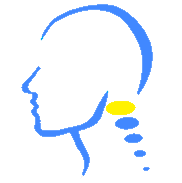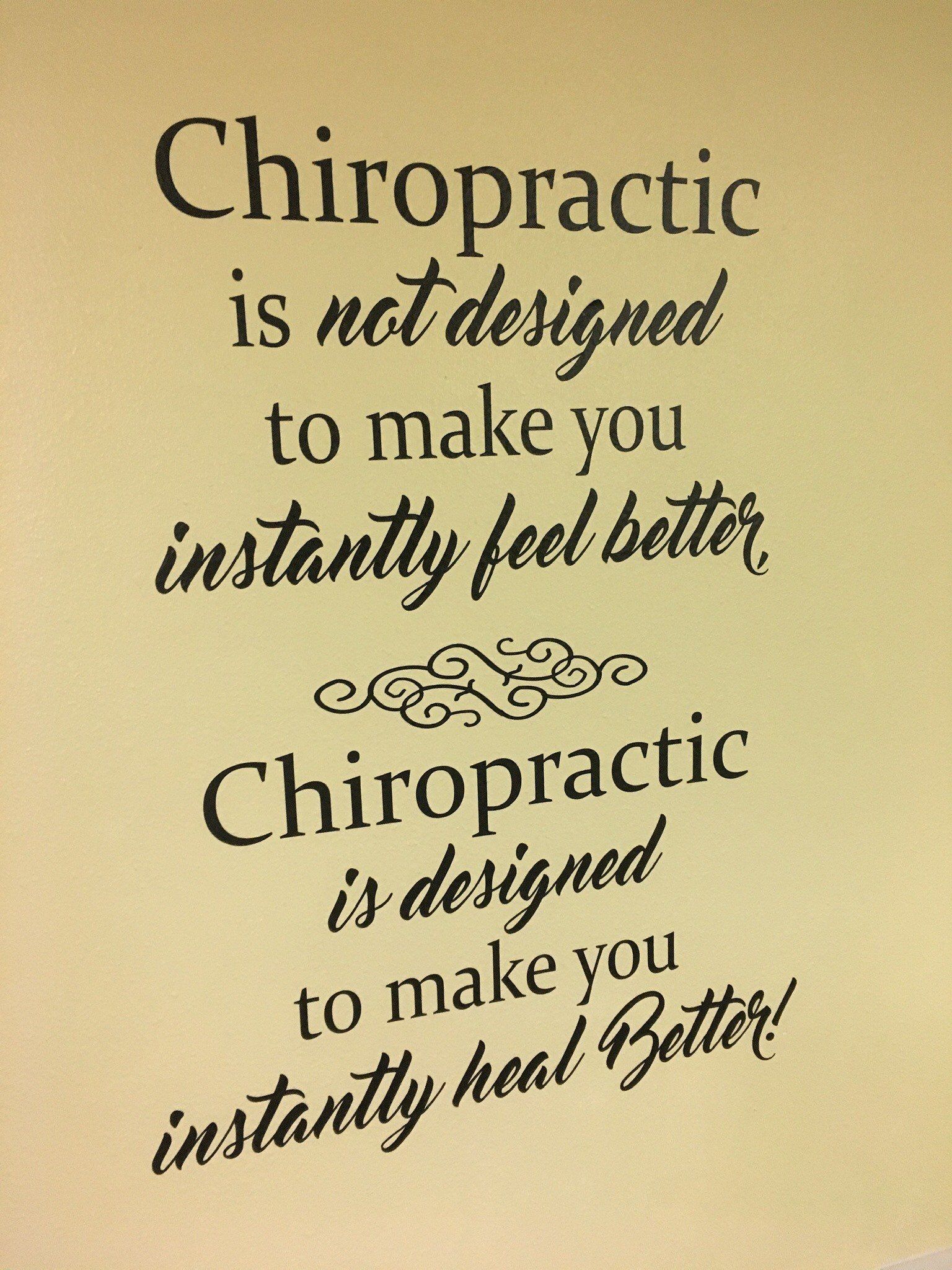Patient Resources
FREE Consultations | Walk-Ins Welcome | Modern Care
FREE ConsultationsWalk-Ins WelcomeModern Care
Improving the Lives of the Patients We Serve
At Middleton Upper Cervical Chiropractic, we offer a variety of patient resources to improve the lives of those we serve. If you have any questions about upper cervical care and chiropractic treatments, please don't hesitate to call 208-585-3657 or drop by our locally owned clinic at 111 E Main Street.
Chiropractic FAQs
What is brain-to-body communication?
The brain communicates with the body through the nervous system. If either of the top two bones in the neck – the atlas and the axis – is misaligned, communication is interrupted. Problems occur in places that aren't receiving these vital messages from the brain.
Who can benefit from upper cervical care?
Upper cervical care can help anyone perform, feel, and be their best.
What is a “subluxation”?
Subluxation means that there is a misalignment of one or both of the top two bones at the top of your spine, the atlas and the axis. When your top vertebra dislodges, the rest of the bones all the way down the spine go out of alignment. This is known as spinal compensation. When you put the top one back in, the muscles literally pull up the rest of the vertebrae, a process called spinal decompensation. And, as those changes take place, the neurological pathways come back to life and the body virtually repairs itself.
Can you explain the nervous system?
Brain health and healing messages leave the brain by way of the brainstem, pass through the neck, down the spinal cord, and out over the entire nervous system to all parts of the body. These messages control everything that goes on in the body and direct all body healing.
What is body imbalance?
When there is a misalignment of the top two bones in your neck, the head is no longer level. This is called "body imbalance." When this occurs, the brain tries to adjust the placement of the head, causing the rest of your body to compensate, which can result in pain. The base of the skull is the critical area that will discern where the weight of the head is being carried. If you center that, the rest of the spine can balance with it.
Why do you call it body imbalance rather than neck imbalance?
Because the imbalance affects the entire spine and body. Wherever your atlas moves, your head moves with it. If this top bone in your neck has shifted out of position, even slightly, it can move your head off center with your body. In an effort to keep the head over the center of the neck, the entire spine and pelvis will twist, pulling one hip up and one leg with it. You are now walking around on one leg that is shorter than the other.
This places more weight on one side of your body than another. The wear and tear on your entire body is exactly like driving a car that is out of alignment. The result can be muscle and joint pain anywhere in the body. Without correcting the problem, which originated with a single bone (atlas) at the top of your neck moving out of position, your entire body is now imbalanced.
When this continues over time, something else starts to happen. Because nerve flow is disrupted or distorted, degeneration of cells in organs can occur, causing internal physical problems that may not show up for years.
How can body imbalance cause me to have physical problems?
The atlas is a donut-shaped bone that your skull rests on. Your spinal cord coming out of your brain and brainstem passes through the center of the donut shape. Your spinal cord at that point consists of trillions of nerve fibers (the nervous system) that "bottleneck" through the small opening in the atlas.
These fillers eventually branch off, carrying information to every part of your body. If the atlas is out of its proper position it can irritate, constrict, or disrupt vital nerve signals to any portion of your body. This can cause muscle or joint pain, organ dysfunction, a lowered immune system, and many other conditions that you typically wouldn't relate to an issue originating in your neck.
Can you explain the importance of holding my correction?
Holding the adjustment is what gets people better. Keeping the interference at bay for a period of time allows healing and a return to a normal state of health. When you are holding your adjustment, your body is able to function optimally.
Does it have to be corrected often?
That depends on your own body. Some people can hold their correction for several months, even a year at a time. Others have to be corrected once or twice a week in the beginning, then one or twice a month. Everyone is different. The doctor's objective is to make as precise an upper cervical correction as possible and help you maintain the correction with as few corrections as possible so that you may live pain-free and enjoy a better quality of life.
Is it painful to correct?
Fortunately, no. The upper cervical correction feels like a slight predetermined direction of pressure applied to the first bone (atlas) or second bone (axis) in the neck. Depending on the technique, it can feel like a brisk thrust, a light tap, or a massage on the side of the neck just below the earlobe. That's where the atlas is. Sometimes this is accompanied by a loud pop or series of tiny ticks as the bone moves back into place.
There is NO twisting of the neck. This correction is engineered to reposition the weight of the head (10 to 14 pounds) over the center of the body in order to restore body balance and brain-to-body communication. When the correction is made, muscles begin to relax, blood and oxygen circulation is increased, the brain is able to communicate with the affected area, and the body's natural healing process begins.
The healing process continues as long as body balance is maintained and the brain can communicate with all parts of the body.
What should I expect after my first correction?
You may experience some soreness as a result of the body having been out of balance for so long. As the body tries to get back in balance, the muscles have to get rid of the toxins that built up while they were out of place. This can lead to soreness. We encourage patients to drink a lot of water so that this doesn’t happen.
Some patients may not experience anything at all. Some may experience relief after their first correction.
How long will it take to get better?
That depends on a multitude of factors, including the patient’s age, how long the problem has existed, and the degree of damage visible on an X-ray. Some patients achieve immediate symptomatic relief or problem relief right after a correction while it might take months or years for other patients' bodies to completely recover.
What is retracing?
When you were born, you were healthy. But, at some point, you began to experience disease. As we turn your “life switch” on, your body is going to backtrack through that sequence of events again. You might have had headaches when you were 10, fibromyalgia when you were 20 and leg pain when you were 40. As you go back through those events and your body repairs and changes, you might experience those symptoms again.
What about surgery and medicine?
Instead of being dependent on medications and trying to simply patch up the symptoms, we get to the root cause of the problem so that the body can communicate properly and then heal those tissues and resolve the issue. Everything else is from the outside in. That’s treating the effect rather than getting at the basic cause.
I am concerned about radiation from x-rays. Are they necessary?
X-rays in an upper cervical doctor’s office are one of the most specific tools to get down to the most precise measurement of how a bone has actually locked in an abnormal position. To administer proper patient care, we need to know how much the bone has moved – even if it's just a millimeter – because that millimeter of misalignment can mean life or death.
How much does it cost?
There will be some expense at the beginning because of the necessary x-rays. Your health insurance policy may also lessen the expense. We work with auto insurance companies and workers’ compensation insurance, too.
Why haven't I heard about upper cervical care?
Because of all the talk about intervention care, patients don't realize non-interference care is an option. However, it is a real and effective option!
Call for the Latest in Modern Chiropractic Care and Techniques
208-585-3657
Se Habla Español
O Português é Falado



